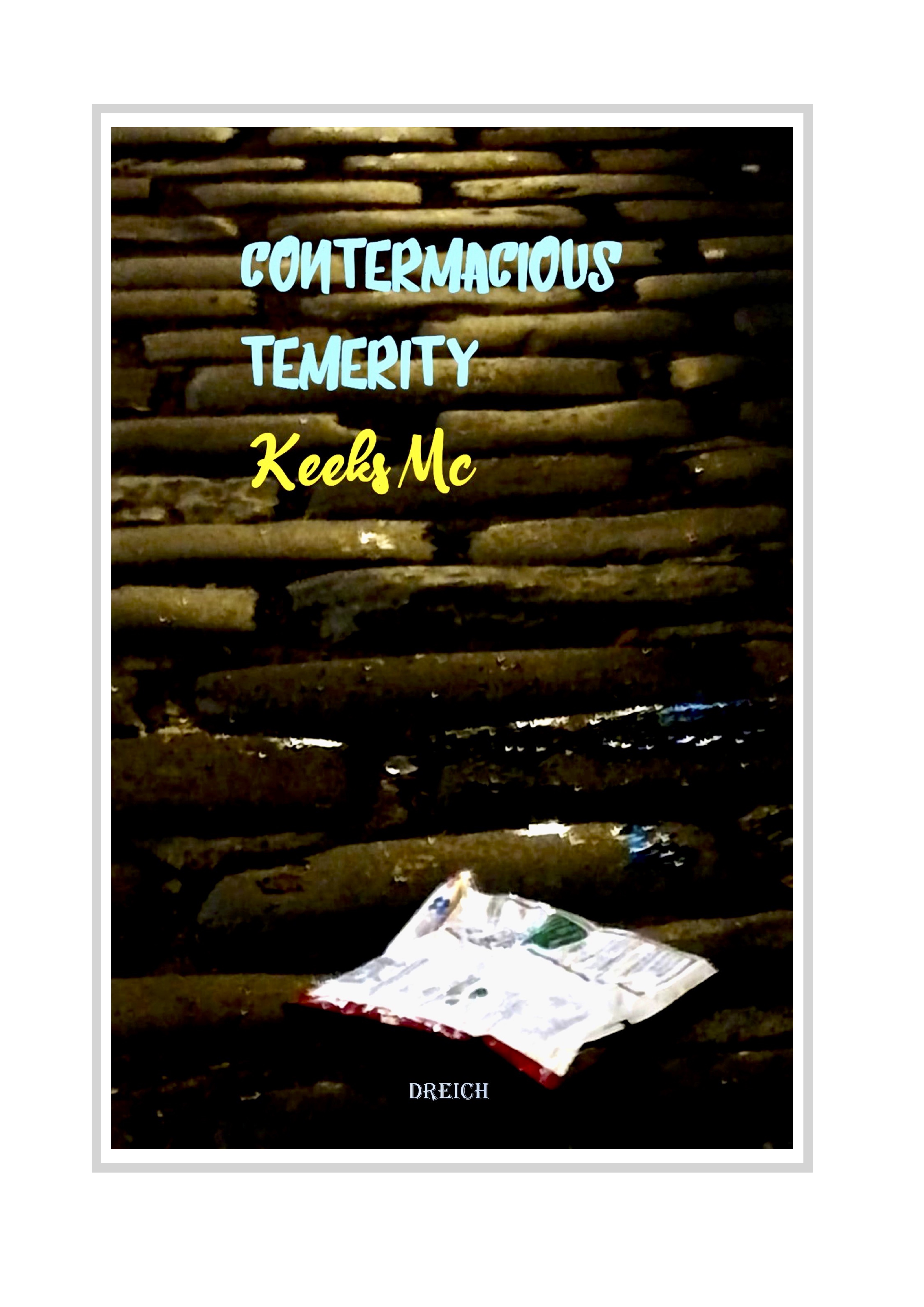Philip K. Dick, VALIS (Gollancz, 1981)
VALIS (1981) falls into the late-to-death period of Dick’s oeuvre which was dominated by theological concerns. Following Dick’s early critique of capitalism, and middling ontological deconstruction of postmodernity, his theological period represents the breakthrough moment in his work. This period is the culmination of Dick’s evolving ambitions to meld the spiritual with the material in a new type of science fiction. In VALIS, Dick employs his trademark dual protagonist structure to provide shifting narrative perspectives and two separate realities. The two protagonists are Horselover Fat and Phil Dick. Dick creates one occluded reality and one enlightened dimension and navigates these two realities with the use of a first-person narrator. This first-person narrator is Dick’s own voice and embodies his navigation of the two extremes of himself: Fat (enlightened) and Phil (occluded). Access to the enlightened dimension is obtained through Fat and is embodied by the entity VALIS. Scepticism is provided through Phil. Technologically speaking, VALIS is a satellite, a Vast Active Living Intelligence System which “fires information” to certain characters in the narrative. Theologically speaking, VALIS is God. Using the VALIS device allows Dick to transmit his theological concept of God as “living information” through SF technology directly into the psyche of Horselover Fat. Dick’s tongue-in-cheek approach to some big philosophical questions and his own fluctuating mental health is masterfully played out as he reports on Fat and Phil’s entertaining theological disputes in his own textual creation.
Neal Stephenson, The Diamond Age (Bantam Books, 1995)
Neal Stephenson’s The Diamond Age (1995) is a Neo-Victorian science-fiction novel inspired by the cyberpunk genre. The novel borrows some of cyberpunk’s genre-specific motifs, such as using cyberspace as an embedded microworld, and setting the novel in a dystopian future. As in classic cyberpunk texts like William Gibson’s Neuromancer (1984), cyberspace functions as a vehicle to enable specific characters’ (such as the protagonist Nell) transcendence above and beyond harsh dystopian social conditions. While marketed as post-cyberpunk, the novel also takes on some of the tropes of the romantic tradition; the plot structure most closely resembling a bildungsroman in narrative function. The bildungsroman plot structure is augmented with aesthetic and functional elements of magical realism, inspired by Jungian archetypal psychology, to inform the development of the young girl Nell from childhood to full maturity. Nell’s development from childhood to adulthood is a journey of emancipation, whereby cyberspace in the form of The Young Lady’s Illustrated Primer, a hyper-intelligent nanotechnological book, is used to teach her how to liberate herself beyond the dominative environment into which she is born. The Neo-Victorian element of the story strongly satirises the historical domination of the East by the West, and although Nell transcends the power-structures by becoming a leader, she does not liberate humanity overall.
Maya Kaathryn-Bohnhoff, The Spirit Gate (Riverdale/Simon&Schuster, 1996)
The Spirit Gate is a fantasy novel set in Poland (in approximately 1000AD) and deals with the protagonist Kassia as she discovers her unique position in society. Coming from an alienated background with Mongol heritage, Kassia is a shai sorcerer with natural magical abilities. She has to fight ethnic discrimination at home, and gender and religious discrimination at court. As Polia (Bohnhoff’s imaginary version of Poland) comes into contact with its surrounding cultures, Kassia also comes into direct conflict with patriarchal ideologies from other nations pushing their political agendas onto her society. The narrative follows the young shai sorcerer as she battles against these patriarchal structures, emphasising how she learns to overcome them by calling upon her natural magical talents. Kassia’s ability as a sorcerer means she can use magic to commune with the universe on a spiritual level. With this magic, Kassia is able to balance unstable social conditions by calling upon the spiritual power of the gods Mat and Itugen. Psychically linked to a spiritual cosmos, Kassia injects universal spirit into the institutional structures where it is needed most. This allows her to overcome patriarchy and evolve her society to higher levels of transcendence. The Bahá’í Faith, Kaathryn-Bohnhoff’s own religion (the most recent Abrahamic religion, founded in Persia in 1844), influences the thematic structure, and the critical capacity of much of the author’s work. The Spirit Gate is influenced by Bahá’u’lláh and `Abdu’l-Bahá’s teachings on the spiritual nature of reality and the role of women in society. The idea that the Universe is fundamentally spiritual in nature, and “the world of humanity is possessed of two wings: the male and the female” (Abdu’l-Bahá’), is adopted by the author to challenge and overcome patriarchy in this intriguing fantasy world.




Leave a Reply